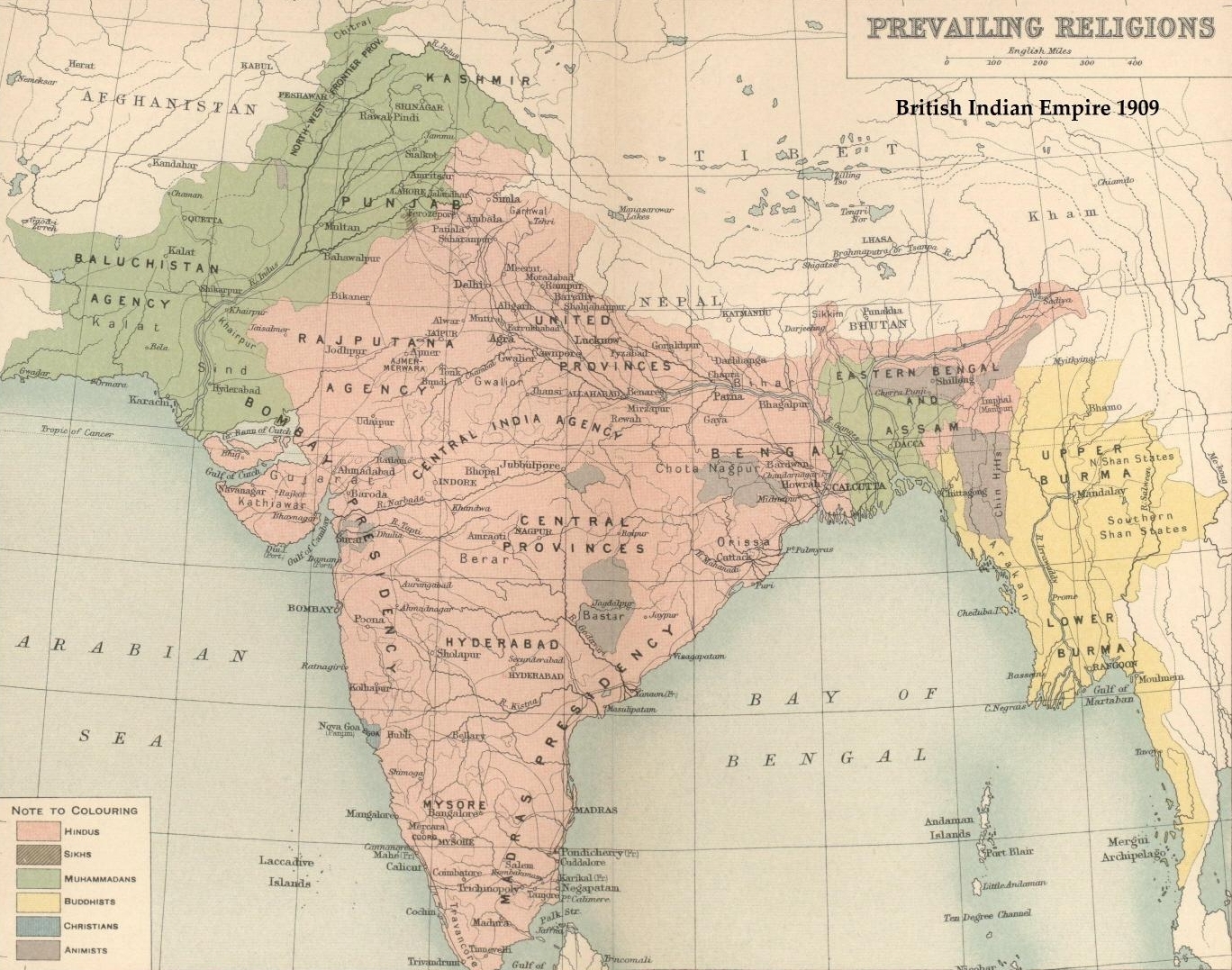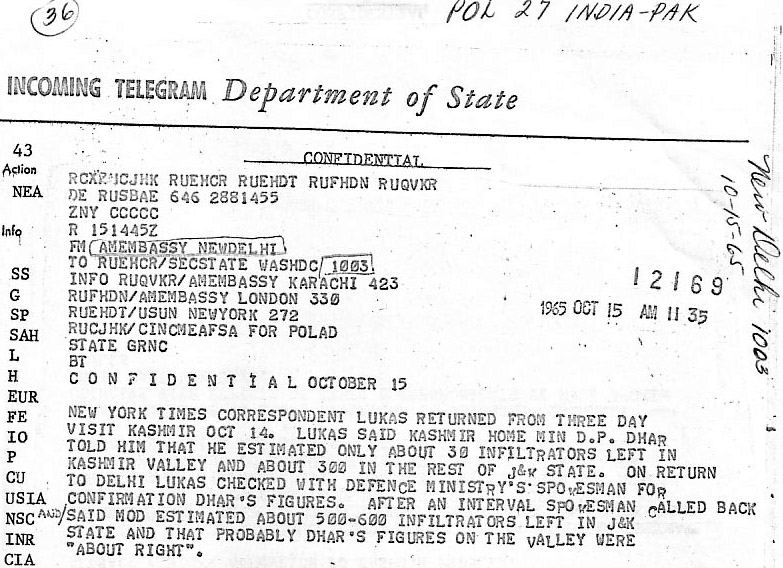|
Amir Abdullah Khan Niazi
Lieutenant General Amir Abdullah Khan Niazi (1915 – 1 February 2004) was a Pakistan Army general. During the Bangladesh Liberation War and the Indo-Pakistani War of 1971, he commanded the Pakistani Eastern Command in East Pakistan (now Bangladesh), he signed the instrument of surrender as in 16 Dec. '71 his forces had to surrender to the Indian Army's Eastern Command's commander Lieutenant General Jagjit Singh Aurora by the order of the then President of Pakistan Yahya Khan. Niazi's area of responsibility comprised the defense of East Pakistan from India during the war in 1971, and authors and critics within the Pakistani military held him morally responsible for his decision to unilaterally surrender the Pakistani Eastern Command, which resulted in the war's end in a decisive Indian victory as well as the independence of Bangladesh. After being taken and held as a prisoner of war by the Indian military, he was repatriated to Pakistan on 30 April 1975 as part of the De ... [...More Info...] [...Related Items...] OR: [Wikipedia] [Google] [Baidu] |
East Pakistan
East Pakistan was a Pakistani province established in 1955 by the One Unit Scheme, One Unit Policy, renaming the province as such from East Bengal, which, in modern times, is split between India and Bangladesh. Its land borders were with India and Myanmar, with a coastline on the Bay of Bengal. East Pakistanis were popularly known as "Pakistani Bengalis"; to distinguish this region from India's state West Bengal (which is also known as "Indian Bengal"), East Pakistan was known as "Pakistani Bengal". In 1971, East Pakistan became the newly independent state Bangladesh, which means "country of Bengal" in Bengali. East Pakistan was renamed from East Bengal by the One Unit Scheme of Pakistani Prime Minister Mohammad Ali of Bogra. The Constitution of Pakistan of 1956 replaced the Pakistani monarchy with an Islamic republic. Bengali politician H. S. Suhrawardy served as the Prime Minister of Pakistan between 1956 and 1957 and a Bengali bureaucrat Iskander Mirza became the first Presid ... [...More Info...] [...Related Items...] OR: [Wikipedia] [Google] [Baidu] |
Rajput Regiment
The Rajput Regiment is one of the oldest infantry regiments of the Indian Army, tracing its origins back to 1778 with the raising of the 24th Regiment of Bengal Native Infantry. The 1st battalion of the regiment was formed in 1798. After World War I, the Indian Army was restructured and most Rajput regiments became battalions of the 7th Rajput Regiment. These included the 2nd Queen Victoria's Own, 4th Prince Albert Victor's, 7th (Duke of Connaught's Own), and 11th Rajputs. Before India gained independence from the British Empire, the regiment consisted of Rajputs and Punjabi Muslims. After 1947, the regiment started recruiting from other groups as well, although 50% of the regiment was made up of Rajputs. The rest of the regiment was made up of Gurjar's along with Brahmin's and Jat's. Now, the regiment primarily consists of troops from the Rajput communities and from other communities like Brahmins, Jats, Muslim and Ahirs. Quote:"It (Rajput Regiment) thus has almost al ... [...More Info...] [...Related Items...] OR: [Wikipedia] [Google] [Baidu] |
Military Cross
The Military Cross (MC) is the third-level (second-level pre-1993) military decoration awarded to officers and (since 1993) other ranks of the British Armed Forces, and formerly awarded to officers of other Commonwealth countries. The MC is granted in recognition of "an act or acts of exemplary gallantry during active operations against the enemy on land" to all members of the British Armed Forces of any rank. In 1979, the Queen approved a proposal that a number of awards, including the Military Cross, could be recommended posthumously. History The award was created on 28 December 1914 for commissioned officers of the substantive rank of captain or below and for warrant officers. The first 98 awards were gazetted on 1 January 1915, to 71 officers, and 27 warrant officers. Although posthumous recommendations for the Military Cross were unavailable until 1979, the first awards included seven posthumous awards, with the word 'deceased' after the name of the recipient, from rec ... [...More Info...] [...Related Items...] OR: [Wikipedia] [Google] [Baidu] |
Awards And Decorations Of The Pakistan Armed Forces
The awards and decorations of the Pakistan Armed Forces recognize a service member's service and personal accomplishments while a member of the Pakistan Armed Forces. Together with military badges, such awards are a means to outwardly display the highlights of a service member's career. A few of these medals and awards are also given to or have in the past been given to Pakistani civil service officers or civilians with special government permission.The Government of Pakistan, Cabinet Division Gazette, 1988 November, Sec C-109, pp. 11–12. Decorations Wartime gallantry medals Peacetime distinguished service medals Civil Gallantry Awards Non-Operational Gallantry Awards Campaign / war medals Long service medals Wound stripes Commemorative medals Order of wearing See also *Military decoration *Orders, decorations, and medals of Pakistan The Pakistan Civil Awards were established on March 19, 1957, following the proclamation of Pakistan as an in ... [...More Info...] [...Related Items...] OR: [Wikipedia] [Google] [Baidu] |
Sitara-e-Pakistan (SPk) (1957-86)
The Nishan-e-Pakistan ( ur, , , ''Order of Pakistan'') is the highest civilian award of the Islamic Republic of Pakistan. It is awarded for "those who have rendered services of highest distinction" to the national interest of Pakistan. Nishan is awarded to government officials and civilians, including citizens of Pakistan and foreign nationals. In the Pakistan honours system, Nishan-e-Pakistan is equivalent to Nishan-e-Haider, the highest military gallantry award. Established on 19 March 1975 under the Decorations Act, 1975, the award is not correlated to the rank or status of a person. This award, including other civilian awards, is announced on Independence Day (14 August) each year and its investiture takes place on the following Pakistan Resolution Day (23 March) by the president of Pakistan and, while it is the highest civilian award, it can also be awarded posthumously. Recipients are entitled to the post-nominal NPk. Grades * Grand Cross (Nishan) * Grand Officer (Hila ... [...More Info...] [...Related Items...] OR: [Wikipedia] [Google] [Baidu] |
Hilal-i-Jur'at
The Hilal-e-Jurat ( ur, , as if it were ''Halāl-e-Jurāt''; English: Crescent of Courage , sometimes spelled as Hilal-e-Jur'at, Hilal-e-Jurat, Hilal-i-Jurrat and Hilal-i-Juraat)Various official sources that are highly reputable spell the name of the medal differently, so the Pakistan Army website spelling is being taken as the official spelling construction. is the Awards and decorations of the Pakistan military, second-highest military award of Pakistan out of a total of four gallantry awards that were created in 1957. In order of rank it comes after the Nishan-i-Haider, Nishan-e-Haider (the ''Sign of the Lion'', which is the equivalent to the Victoria Cross and the Medal of Honor under the British Honours System and the United States Honors System, respectively) coming before the Sitara-i-Jurat, Sitara-e-Jurat (the ''Star of Courage'', which is the equivalent of the Distinguished Service Cross (United Kingdom), Distinguished Service Cross and the Silver Star, respectively). ... [...More Info...] [...Related Items...] OR: [Wikipedia] [Google] [Baidu] |
Hilal-e-Jurat
The Hilal-e-Jurat ( ur, , as if it were ''Halāl-e-Jurāt''; English: Crescent of Courage , sometimes spelled as Hilal-e-Jur'at, Hilal-e-Jurat, Hilal-i-Jurrat and Hilal-i-Juraat)Various official sources that are highly reputable spell the name of the medal differently, so the Pakistan Army website spelling is being taken as the official spelling construction. is the Awards and decorations of the Pakistan military, second-highest military award of Pakistan out of a total of four gallantry awards that were created in 1957. In order of rank it comes after the Nishan-i-Haider, Nishan-e-Haider (the ''Sign of the Lion'', which is the equivalent to the Victoria Cross and the Medal of Honor under the British Honours System and the United States Honors System, respectively) coming before the Sitara-i-Jurat, Sitara-e-Jurat (the ''Star of Courage'', which is the equivalent of the Distinguished Service Cross (United Kingdom), Distinguished Service Cross and the Silver Star, respectively). ... [...More Info...] [...Related Items...] OR: [Wikipedia] [Google] [Baidu] |
Indo-Pakistani War Of 1971
The Indo-Pakistani War of 1971 was a military confrontation between India and Pakistan that occurred during the Bangladesh Liberation War in East Pakistan from 3 December 1971 until the Pakistani capitulation in Dhaka on 16 December 1971. The war began with Pakistan's Operation Chengiz Khan, consisting of preemptive aerial strikes on 11 Indian air stations. The strikes led to India declaring war on Pakistan, marking their entry into the war for East Pakistan's independence, on the side of Bengali nationalist forces. India's entry expanded the existing conflict with Indian and Pakistani forces engaging on both the eastern and western fronts. Thirteen days after the war started, India achieved a clear upper hand, and the Eastern Command of the Pakistan military signed the instrument of surrender on 16 December 1971 in Dhaka, marking the formation of East Pakistan as the new nation of Bangladesh. Approximately 93,000 Pakistani servicemen were taken prisoner by ... [...More Info...] [...Related Items...] OR: [Wikipedia] [Google] [Baidu] |
Bangladesh Liberation War
The Bangladesh Liberation War ( bn, মুক্তিযুদ্ধ, , also known as the Bangladesh War of Independence, or simply the Liberation War in Bangladesh) was a revolution and War, armed conflict sparked by the rise of the Bengali nationalism, Bengali nationalist and self-determination movement in East Pakistan, which resulted in the independence of Bangladesh. The war began when the Pakistani Military dictatorship, military junta based in West Pakistan—under the orders of Yahya Khan—launched Operation Searchlight against the people of East Pakistan on the night of 25 March 1971, initiating the 1971 Bangladesh genocide, Bangladesh genocide. In response to the violence, members of the Mukti Bahini—a guerrilla resistance movement formed by Bengali military, paramilitary and civilians—launched a mass Guerrilla warfare, guerrilla war against the Pakistani military, liberating numerous towns and cities in the initial months of the conflict. At first, the Pakis ... [...More Info...] [...Related Items...] OR: [Wikipedia] [Google] [Baidu] |
Indo-Pakistani War Of 1965
The Indo-Pakistani War of 1965 or the Second Kashmir War was a culmination of skirmishes that took place between April 1965 and September 1965 between Pakistan and India. The conflict began following Pakistan's Operation Gibraltar, which was designed to infiltrate forces into Jammu and Kashmir to precipitate an insurgency against Indian rule, It became the immediate cause of the war. The seventeen-day war caused thousands of casualties on both sides and witnessed the largest engagement of armored vehicles and the largest tank battle since World War II. Hostilities between the two countries ended after a ceasefire was declared through UNSC Resolution 211 following a diplomatic intervention by the Soviet Union and the United States, and the subsequent issuance of the Tashkent Declaration. Much of the war was fought by the countries' land forces in Kashmir and along the border between India and Pakistan. This war saw the largest amassing of troops in Kashmir since the Partition o ... [...More Info...] [...Related Items...] OR: [Wikipedia] [Google] [Baidu] |
Battle Of Imphal
) , partof = the Operation U-Go during the Burma Campaign in the South-East Asian theatre of World War II , image = Imphalgurkhas.jpg , image_size = 300 , caption = Gurkhas advancing with Grant tanks to clear the Japanese from Imphal-Kohima road in North Eastern British India , date = 8 March – 3 July 1944 , place = Imphal, Manipur, India , coordinates = , result = British Indian victory , combatant1 = British Empire * India , combatant2 = Japan , commander1 = William Slim Geoffry Scoones Jack Baldwin , commander2 = Masakasu Kawabe Renya Mutaguchi Subhas C. Bose , strength1 = 4 Infantry Divisions1 Armoured Brigade1 Parachute Brigade , strength2 = 3 Infantry Divisions1 Tank Regiment2 Indian regiments , casualties1 = 12,603 killed and woundedLouis Allen, ''Burma: The Longest War'', p. 638 , casualties2 = 54,879 ki ... [...More Info...] [...Related Items...] OR: [Wikipedia] [Google] [Baidu] |






